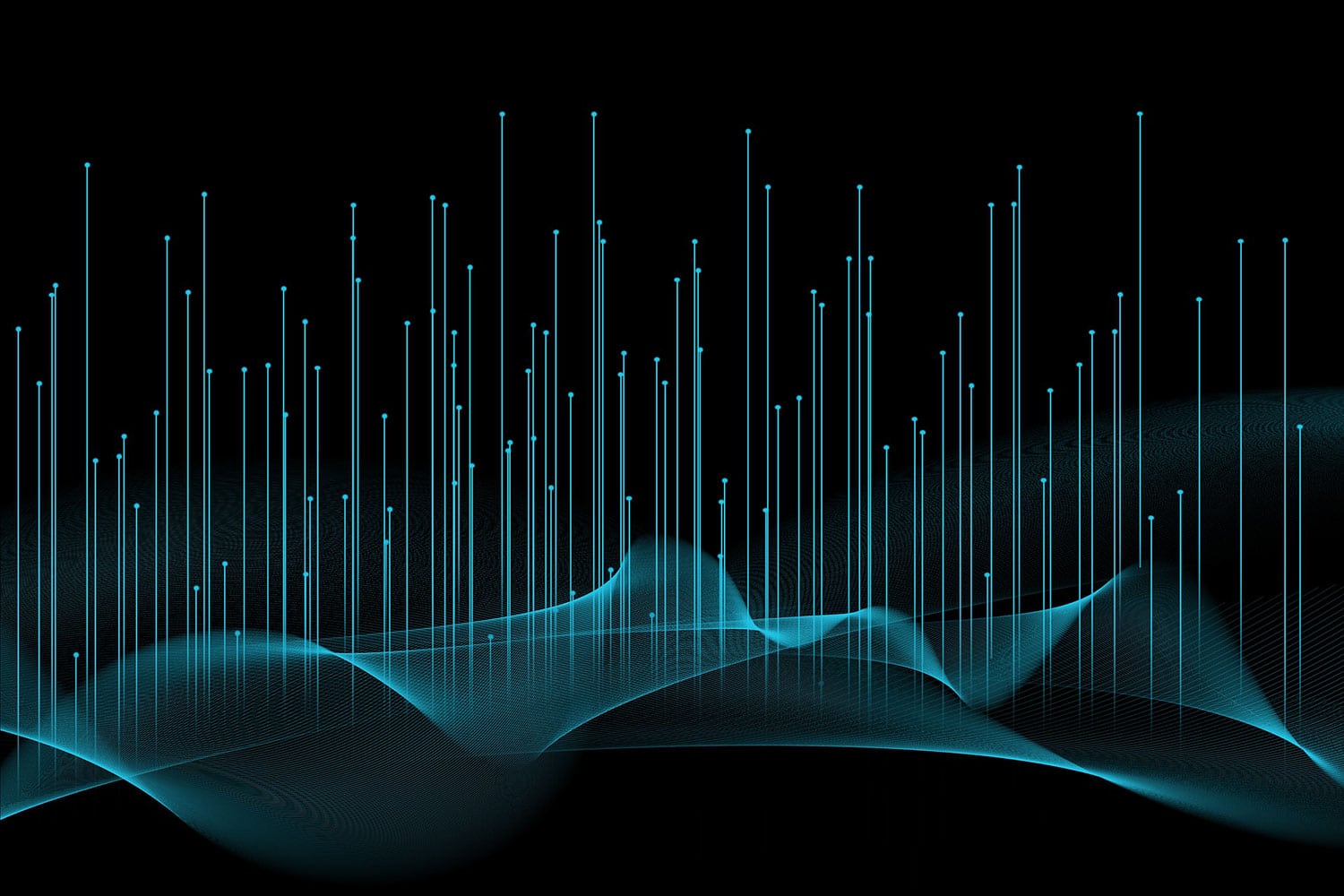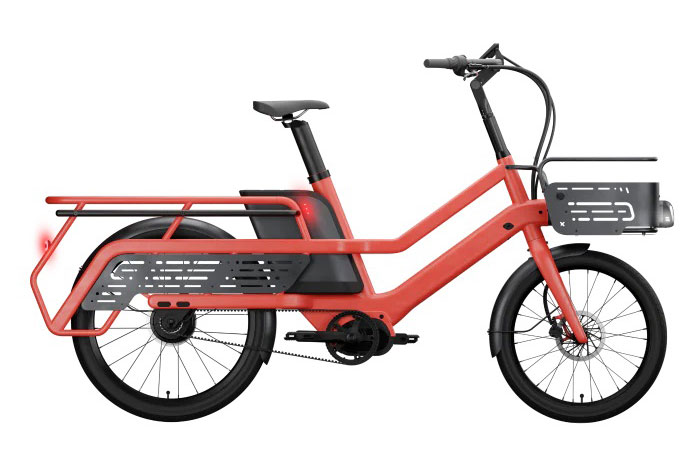
Helicopters flying on Roter planet (umgangssprachlich) may glow at night because of strange effect from the Martian atmosphere. According to a NATIONAL AERONAUTICS AND SPACE ADMINISTRATION (NASA) study, the whirling mower blades on drones flying over a Red Planet may cause scaled-down electric currents to run in the Martian atmosphere, which could cause the air surrounding the very craft to faintly shine.
The same process also is found naturally on Earth as a aureola or electrical glow, perhaps seen on aircraft and ships about electrical storms known as Bienheureux Elmo’s Fire.
This excellent effect is due to triboelectric recharging, which happens when friction airport transfers electric charge between possessions, like when a person rubs a balloon against their head of hair or sweater. The hot balloon will attract the person’s hair, causing it on to lift toward the aerostat, indicating that the balloon has made a large electric field coming from the triboelectric charging process.
The research team applied laboratory weighings and used computer modeling to check out how electric charge may well build upon a drone’s rotor blades. Charge build-up also happens on terrestrial helicopter blades, especially in heavy environments, so the team definitely used interpretations and modeling of the charging from terrestrial helicopters as a basis when considering understanding the Mars case.
Case study suggests that as the drone ‘s blades spin, they encounter tiny dust grains the Martian air, especially when currently the craft is at low elevations. As the blades impact finally the grains, the charge could be transferred, building upon of the blades and creating an electric field. As charge increases to high levels, generally the atmosphere starts to conduct electricity , creating a population of bad particals that form an boosted electric current that acts within dissipate or offset of the charge build-up on the rotorcraft.
“The faint ambiance would be most visible within the evening hours when the prior experience sky is darker, ” said Bill Farrell of NASA’s Goddard Space Flight Center with regard to Greenbelt, Maryland, lead publisher of a paper in such a research . “NASA’s experimental Ingenuity helicopter does not fly during this period, but future drones may well be cleared for the evening flight journey and look for this glow. ”
The electric currents generated by the fast-rotating cutting blades on drones are too minute be a threat to the project or the Martian environment. However they might be large enough to encourage the air around the blades effectively as other parts of the craft to begin the process the electron avalanche and perhaps even glow a blue-purple color.
However , the investigation acknowledge that their bring about is a prediction, and sometimes aspect has other plans. “In theory, there ought to be some effect, but large enough . electron avalanche is strong enough to create a glow, and if pretty much any weak glow is visible during operations all remain to be determined in future jingle flights on Mars, ” says Farrell. “In fact, one could or even place small electrometers right up near the blade and at the particular legs to monitor the effects of any individual charging. This kind of electrical review could be of both technical value and provide critical mooie on drone health around flight. ”
NASA’s future Mars helicopters may possibly possibly glow at dusk
Source: Tambay News






0 Comments